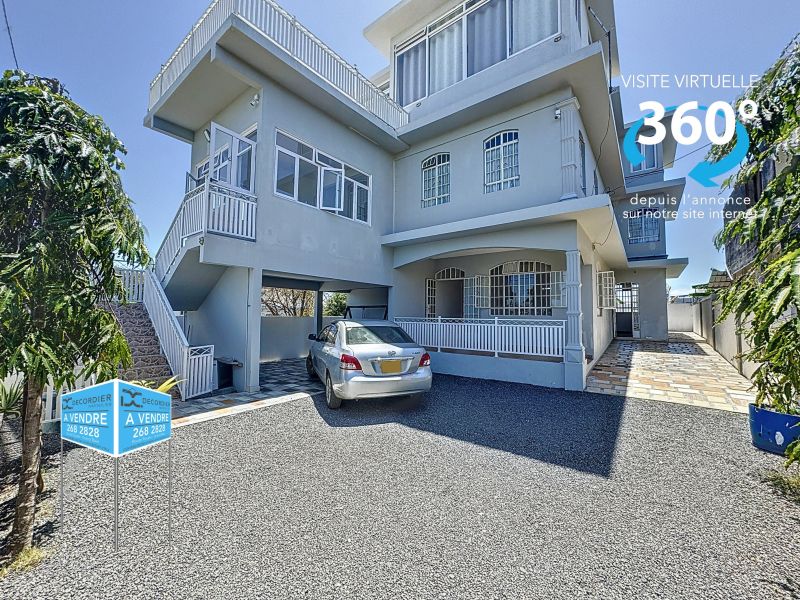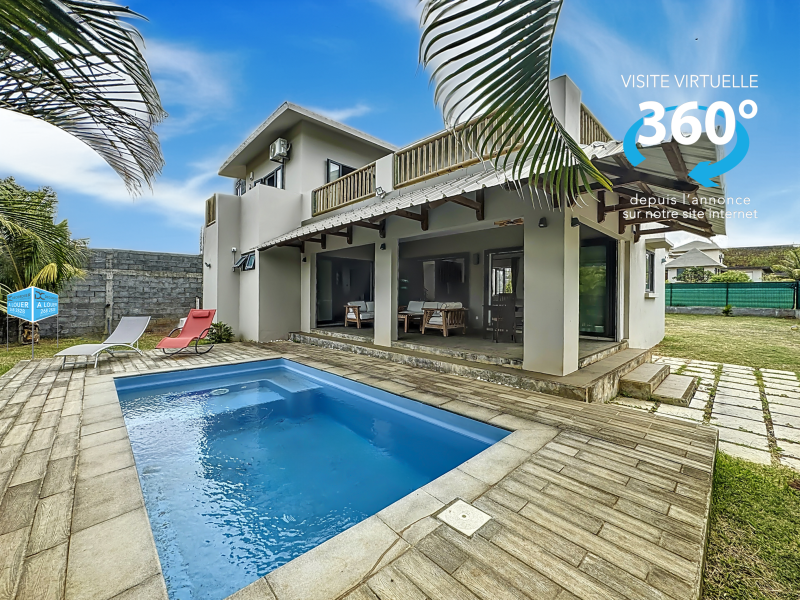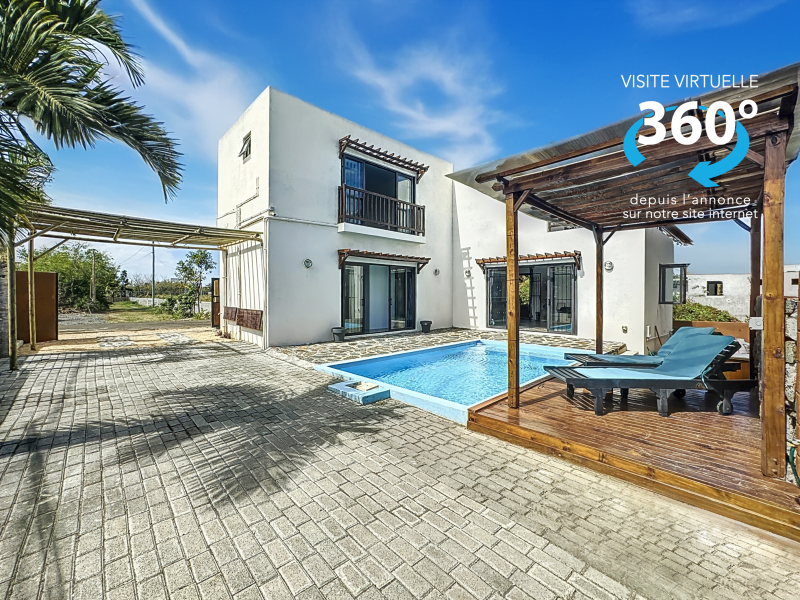Flat Island
The name of the Flat Island is in obvious reference to its surface; it is all flat except for its hill, where an automatic lighthouse stands. At 11 kilometers from Cap Malheureux in the north of Mauritius, the island is accessible through a one and a half-hour boat or catamaran trip from Grand Bay. Compared to its neighbor, the Gabriel Island, the Flat Island enjoys a bit more privacy. Despite the tragic purpose that the island has served, the location does not fail to amaze.
The history of Flat Island
The Flat Island has been used in the 1850s by the British settlers as an isolation camp for Indian indentured labourers thought to have or having infectious diseases to avoid their widespread in Mauritius.
Hospitals, living and cooking areas as well as offices were therefore built on the island between 1856 and 1870. What is left of these buildings can still be seen around. A lighthouse, now almost 170 years old, was also erected. Proudly standing on the 100-meter-tall hill, it to this day guides boats at sea. Surrounding islands can be seen from atop, including the Gabriel island, 750 meters away.
Dolphins on the way
Keep your cameras handy on your way to the island as dolphin sightings are very common around Flat Island. Skippers usually stop their boats to allow interaction with these kind mammals. You can even get into the water to swim with the dolphins!
The beach and the lagoon
The Flat Island can easily be spotted from the boat thanks to its stretch of pure white sand. One of the aspects that make the place even more lovely is the fact that there are never too many people there, so you can enjoy some privacy.
Matching the white sand, the tropicbirds (or Paille-en-Queues) flying overhead will definitely grab your attention. Let not the simplicity of the setting fool you; there’s more to what meets the eye. In addition to its many shades of blue, the lagoon has an even more of an incredible sight to offer.
Thousands of tropical fish and flamboyant coral reefs hide beneath sea-level. We can only advise you enough to bring your snorkeling gear with you. You will thank us for this!
Having lunch at the Governor’s House
Imagine telling your friends “hey, I’ve had lunch in an old Governor’s house!” What was once the house of a British governor – constructed in the same period the isolation camp was set – was converted into a restaurant. You can have your meal under umbrellas or inside the ruins, which have been partially roofed.
The Sharks’ Pit
Located at the south-west of the Flat Island, 17 meters beneath the surface of the sea, the Sharks’ Pit is not a diving spot for the faint-hearted or the inexperienced. The pit took shape when a cave, the Pigeons’ Rock gave in to natural forces. 57 different species of sharks swim in this area, along with several fish. Usually about 150 centimeters long, the former visit the place for the abundant oxygen supply that it provides.
With its outstanding stretch of white sand, its snorkeling and diving spots, the evidence of history it holds, its lighthouse and its unusual restaurant, the Flat Island can leave no one indifferent. Whether you have always dreamt to swim around sharks or not, this is a trip that you will never stop talking about.





